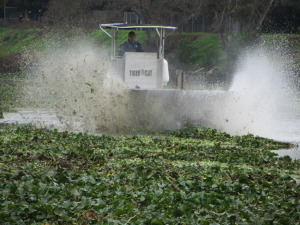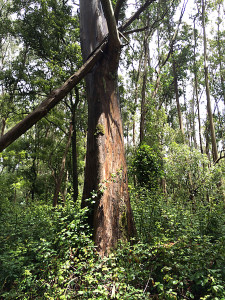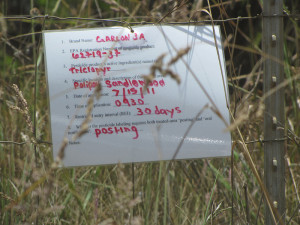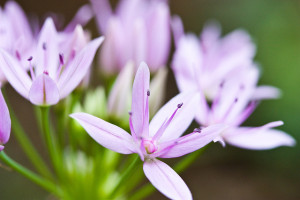One of the challenges faced by rare native plants like the buckwheat is the spread of invasive nonnative plants. July 18 to 24 is Invasive Weeds Awareness Week, and weed groups across the state will be spreading the word on exotic plants that choke our native ecosystems. The annual commemoration began in 2003 after a resolution was passed by the state legislature to raise awareness of nonnative weeds and methods to prevent their spread.
The Bay Area has seven official Weed Management Areas (WMAs), which bring together neighboring land managers to share strategies for slowing the spread of aggressive weeds. Peter Brastow, chair of the San Francisco WMA, says his group tackles dozens of species of weeds, but right now they have six on their “most wanted” list—wild radish, French broom, pampas grass, cape ivy, Himalayan blackberry, and sour grass. With the heavy rains this year, many exotics are likely to spread even more quickly. Particularly tenacious weeds, like sour grass with its bright yellow blossoms, have irreversibly invaded residential lawns and crept into natural areas over the last ten years. Pampas grass has taken over rugged chert cliff faces across roadcuts and coastal bluffs. “They do more than displace plants; they can transform whole ecosystems,” says Brastow. “Exotics don’t come with biological checks and balances. If it weren’t for the ‘weed warriors’ and stewards, some open spaces would be impenetrable thickets.”
To become a weed warrior, contact your local park district, natural area program, or California Native Plant Society chapter. For more information on Invasive Weeds Awareness Week activities, visit the California Invasive Plant Council website at www.cal-ipc.org.




